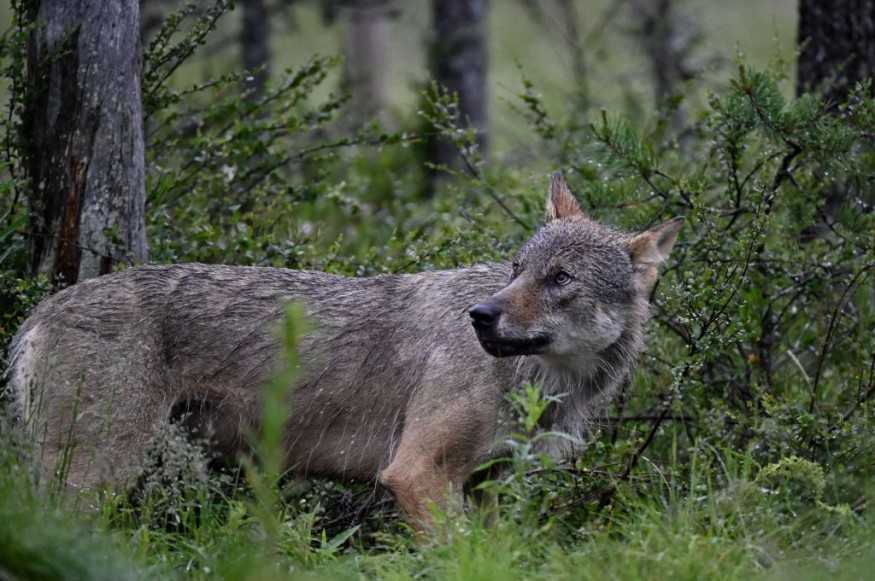
Scientists have revealed that the remaining high levels of radiation at Chernobyl have made some wolves cancer-resistant.
Following the catastrophic Chernobyl nuclear tragedy nearly 38 years ago, the Soviet troops constructed a 30-kilometer perimeter. It is known as the Chernobyl Exclusion Zone (CEZ) and is mainly deserted now, yet it nevertheless supports a variety of wild species.
The location looks to have become a paradise for wildlife, including lynx, bison, wolves, horses, and deer, which may be seen roaming the woodland.
Radiation On Wolves
The plant explosion has released deadly amounts of radiation into the atmosphere, killing 31 people and displacing 350,000.
Since then, the influence on nearby fauna appears to have been significant, with some places reporting the presence of mutant cancer-resistant wolves.
According to research, boar, elk, and roe deer populations increased dramatically between 1987 and 1996, while wolf populations became a big concern for local farmers in the mid-1990s.
Despite generations of radioactive exposure, wolves in Chernobyl appear to have evolved cancer resistance.
Dr. Cara Love, an evolution and toxicology expert at Princeton University, and her team began investigating the wolves in 2014.
They implanted radio collars on the animals and collected blood samples, which revealed that the wolves are exposed to more than 11.28 micrograms of radiation each day.
This is more than six times the level of radiation deemed safe for humans. Their immune systems have also transformed in ways similar to those of cancer patients undergoing radiation therapy.
Researchers discovered new mutations in cancer-related genes, indicating that the wolves have developed resistance to the disease.
Wolves in the CEZ are particularly intriguing to study since they are apex predators, or at the top of the food chain. This is normally a privileged position in an ecosystem, but when that environment is bombarded with radiation, these animals are compelled to eat irradiated prey that ate irradiated vegetation that originated from irradiated soil. Essentially, it's radiation all the way down.
Overall Impact
This would appear to imply that wolves would be severely impacted in the CEZ, but Love claims such is not the case.
In fact, she claimed that wolf populations in the region are seven times higher than in protected wildlife zones in neighboring Belarus.
While the statistics indicate a definite genetic explanation for the CEZ wolves' cancer resistance, Shane Campbell-Stanton, a Princeton University biologist, emphasizes that these wolves are also free of other biological stresses, most notably people.
The team is currently collaborating with cancer specialists to determine how these findings may affect human health.
For decades, Chernobyl was portrayed as a massive ecological tragedy, but over the last decade, the CEZ has also appeared to represent an unparalleled scientific opportunity.
In 2016, a study indicated that Eastern tree frogs (Hyla orientalis) in the CEZ have different traits than their adjacent cousins, while in 2023, another study discovered distinct genetic variations between Chernobyl canines and dogs living only 10 kilometers away in Chernobyl City.
© 2025 NatureWorldNews.com All rights reserved. Do not reproduce without permission.





